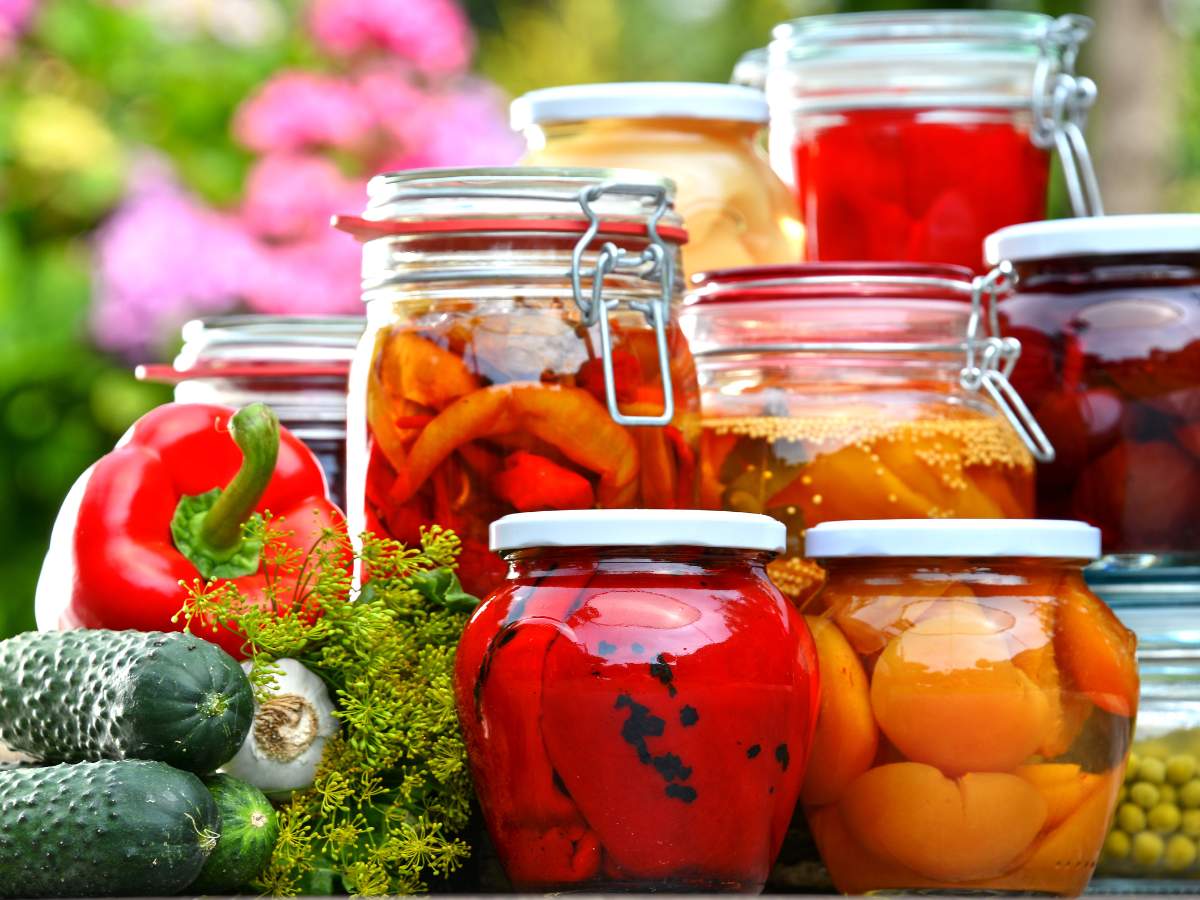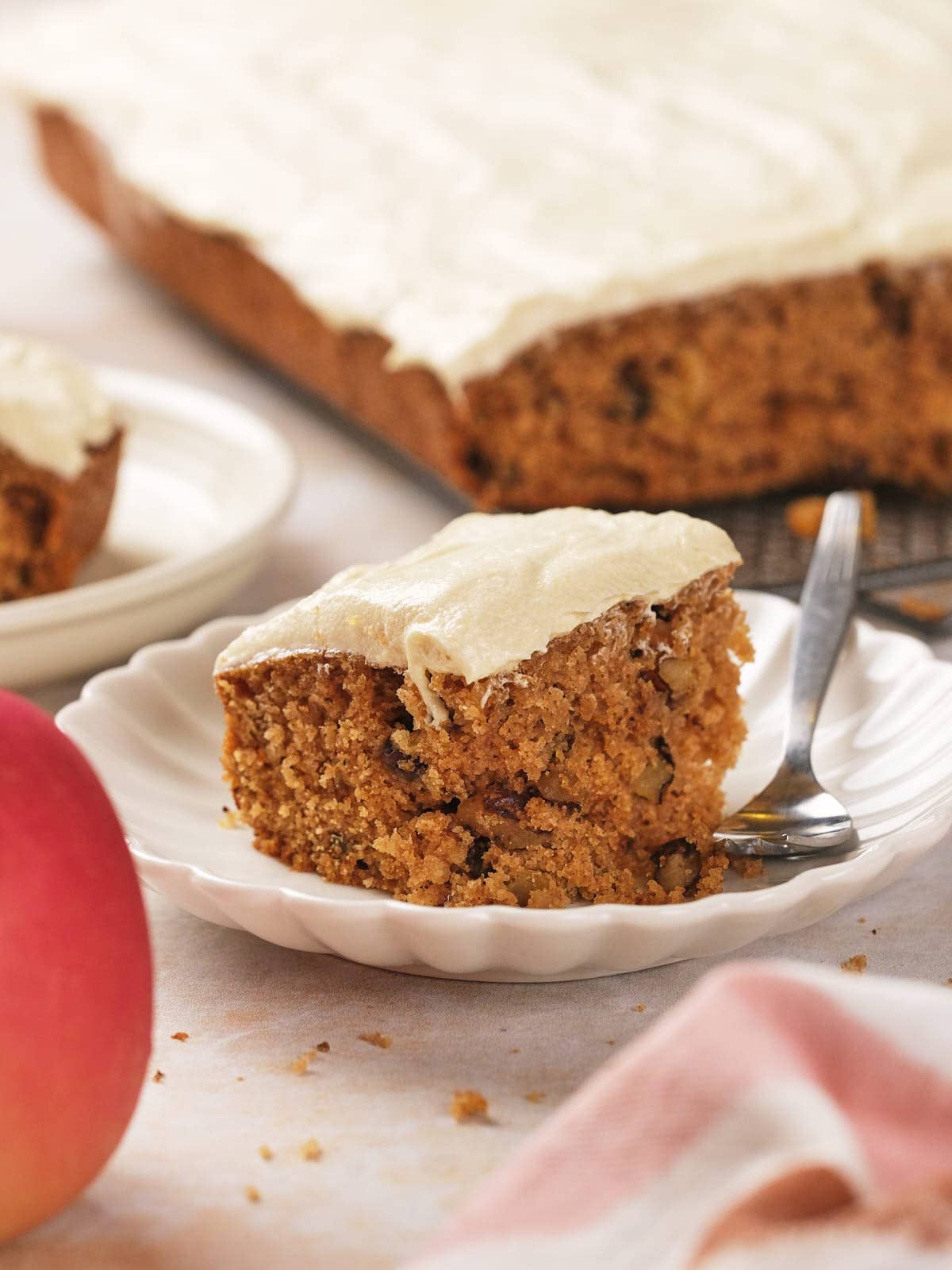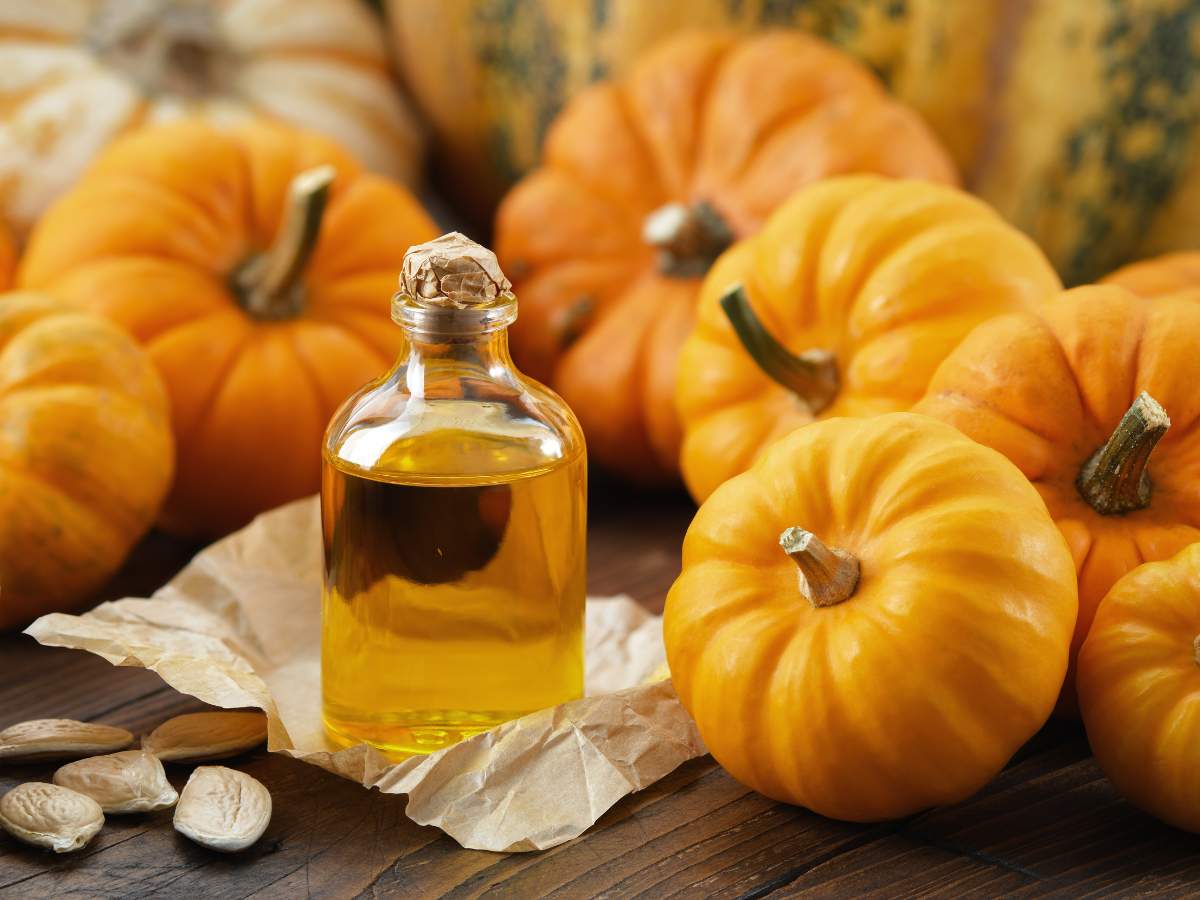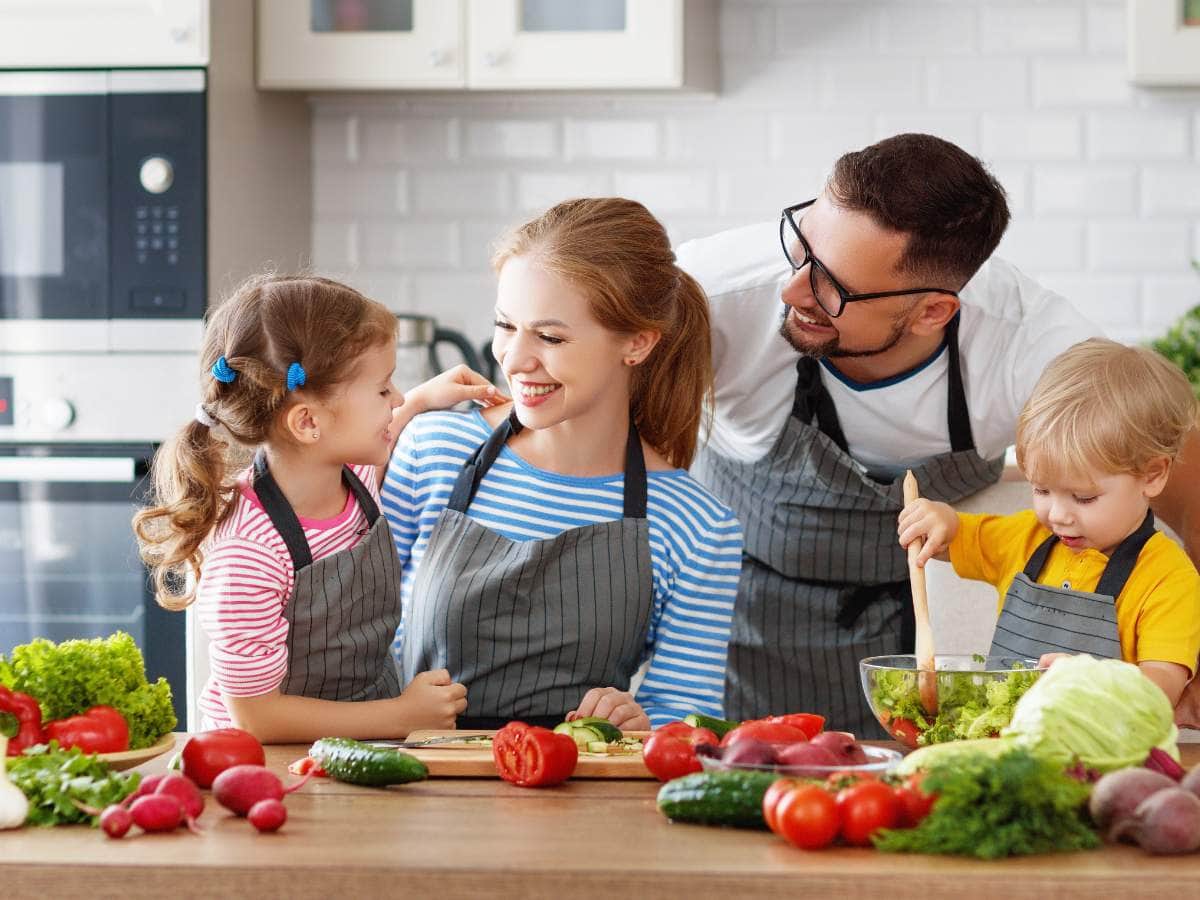Roasting Vegetables Made Easy: A Home Cook’s Handbook
As a participant in the Amazon Services LLC Associates Program and other affiliate programs, Easy Homemade Life may collect a share of sales or other compensation from the links on this page. This comes at no additional cost to you, and all the prices and availability are accurate at the time of publishing.
Oven-roasting is a simple yet transformative cooking technique that can turn ordinary vegetables into delicious delights. The appeal of roasted vegetables lies in their caramelized, crispy exterior and tender interior, a perfect harmony of textures and flavors. This home cook’s handbook will walk you through the basics of oven-roasting vegetables, from selecting the right produce to achieving the perfect roast results.
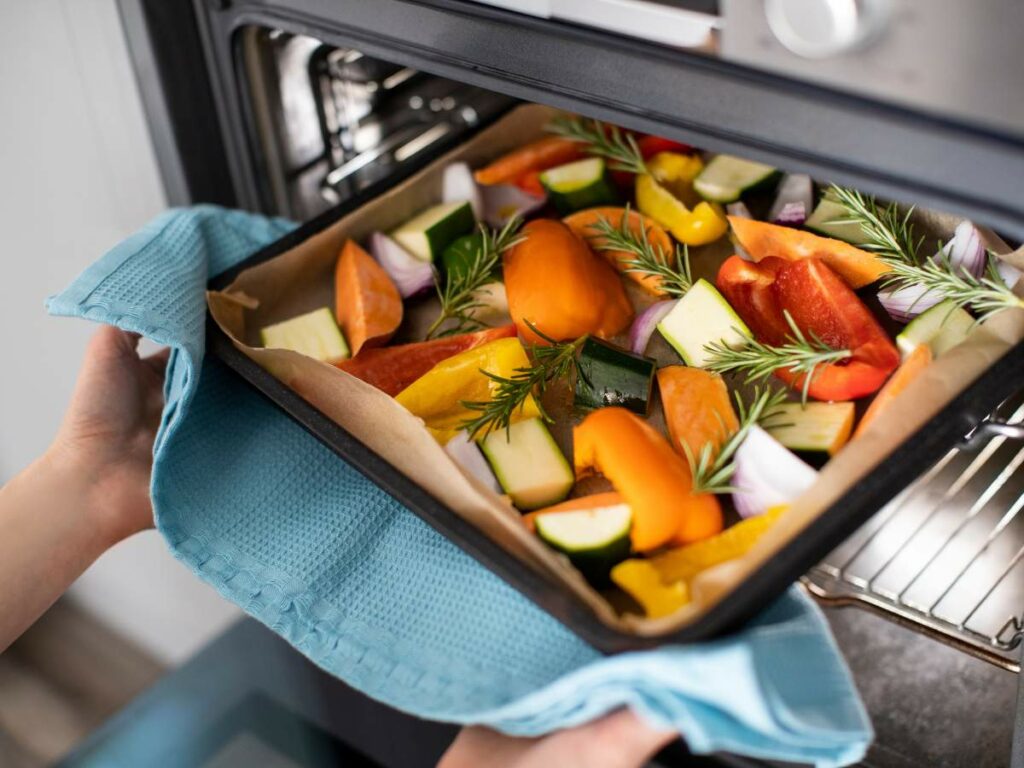
The Basics Of Oven-Roasting
Oven-roasting is a dry cooking method that exposes vegetables to high heat and hot air in an enclosed space. Roasting elevates the natural flavors of vegetables, creating a tender, tasty interior that contrasts with the crunchy, caramelized exterior.
Roasting is similar to baking in that they both rely on the heat of the oven to cook the interior of food while browning the outside. The difference is that roasting is typically done in a hot oven, over 400 F, while baking happens in a moderate oven, between 300 F and 400 F.
The Benefits of Oven-Roasting Vegetables
Roasting is one of my favorite ways to cook vegetables. Why? BBC Food says it’s one of the healthiest ways to cook produce and I found that it’s also one of the easiest – all you have to do is chop, season, and pop them in the oven and you’ll have perfectly caramelized veggies with incredible flavor and texture. Other wonderful benefits of roasting your vegetables include:
Enhanced Flavor
Roasting deepens the flavor of vegetables and improves their taste and texture. The high heat from the oven caramelizes the sugars in vegetables, bringing out their natural sweetness and leaves behind a hearty texture.
Versatile Cooking Method
Roasting lets you cook a wide variety of vegetables using the same easy, basic technique, allowing for endless combinations and creativity. You can experiment with various vegetables, herbs, and seasonings to create dishes tailored to your preferences. Additionally, large quantities of vegetables can be oven-roasted at once, making it ideal for meal prep or for feeding a crowd.
Great For Any Season
Oven-roasting vegetables is a cooking technique you can use year-round. Whether you roast a mix of potatoes, bell peppers, and tomatoes for a summer party, some butternut squash for a fall brunch, or winter vegetables for a holiday party, roasting is a great way to highlight and enjoy seasonal produce.
Essential Roasting Equipment
To achieve vegetable-roasting perfection, you’ll need a few essential tools. This equipment ensures even cooking, perfect browning and precise temperature control.:
- Oven: A standard kitchen oven is perfect for this purpose.
- Baking sheets: Provide a flat surface for vegetables to roast evenly. Rimmed baking sheets are ideal and can be sold as half-sheet pans, jelly roll pans or cookie sheets. You can also use a roasting pan for larger quantities.
- Choose suitable vegetables: Not all vegetables are equal in roasting. Ideal candidates include potatoes, carrots, bell peppers, broccoli, cauliflower and sweet potatoes. These vegetables have the right balance of moisture, density and natural sugars to roast beautifully.
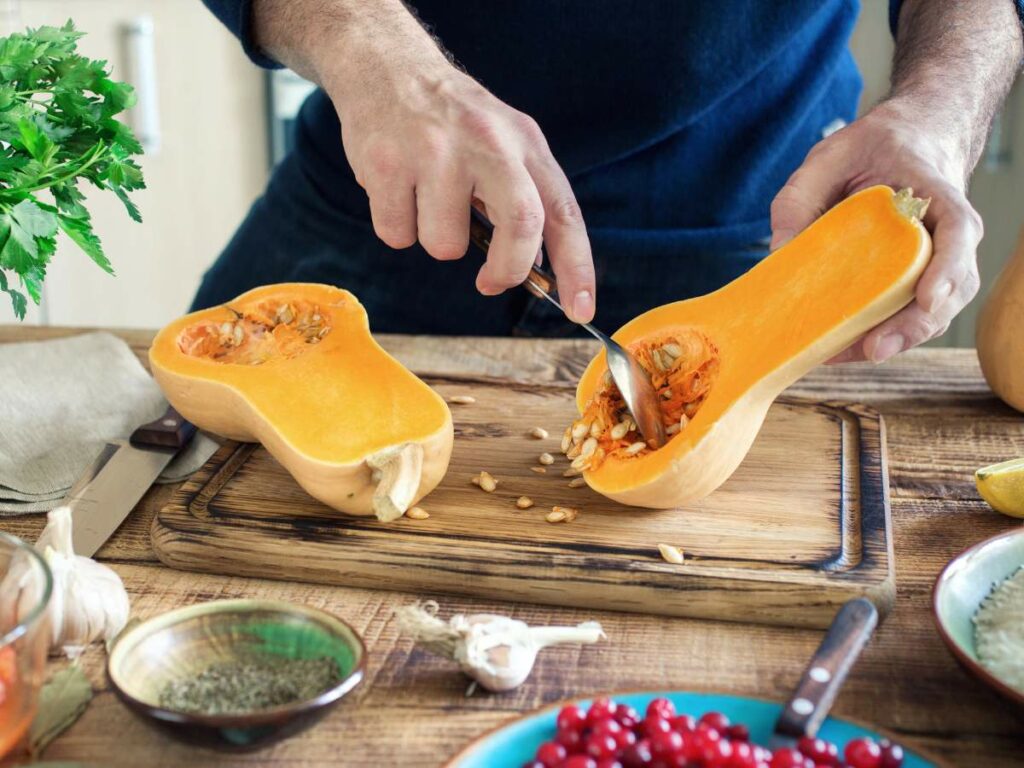
Preparing Your Vegetables
The first step in oven-roasting is to prepare your vegetables. Here’s a quick step by step:
- Step 1: Wash and thoroughly dry all vegetables, as excess water can prevent proper caramelization on the exterior of your veggies. Peeling is not required but may benefit thick-skinned vegetables like squash or root vegetables like beets and potatoes.
- Step 2: Cut the vegetable pieces to uniform sizes to promote even roasting. The size will depend on how you use or serve your vegetables. The vegetables in this oven-roasted root vegetable dish are all cut into thin half-moons and stacked to create a beautiful display, while a winter squash may be simply cut in half and roasted cut side down. They will cook at the same rate as long as the sizes are the same.
- Step 3: The last step in the preparation process is seasoning. The simplest preparation is to toss the vegetables in oil and sprinkle them with salt. The salt helps to bring out the natural flavors, and the oil encourages browning. You can also get more creative with herbs, spices, marinades and sauces, which you can add before, during or after roasting.
Oven-roasting vegetables is a time-saving cooking method. But if you want to save even more time for busy days, follow these simple tips when preparing your vegetables:
- Buy pre-chopped vegetables: On days when I need to make a quick dinner, I run to the grocery and purchase pre-chopped vegetables for roasting. It’s a fantastic way to skip the prep time!
- Meal prep in batches: If you prefer to prepping your veggies at home, wash, chop, and portion out your veggies ahead of time and store them in the fridge. When it’s time to roast, just toss them with seasoning and pop them in the oven.
- Skip peeling: Vegetables like carrots, eggplant, and potatoes don’t need to be peeled before roasting. Just make sure to wash them thoroughly first!
“I love roasting all root vegetables. There is nothing like roasting them to bring out their natural sweetness. My favorite is to roast sweet potatoes. This is the perfect method when you need them for sweet potato pie.”
— Brooke Burks, The Buttered Home
Prepping The Oven And Pan
Preheating your oven is a crucial step to ensure the proper cooking temperature. Set it to 425 F for most vegetables. A hot oven will help create that sought-after crispy caramelized exterior while maintaining the tenderness on the inside. This step should be done early in the roasting process, as it can take many ovens 10 to 15 minutes to preheat fully.
A baking sheet is your best friend for oven-roasting vegetables. As mentioned above, these are sold under many names and sizes. The main thing to consider in choosing the proper pan is that it is large enough to accommodate your vegetables.
Unless the recipe specifically calls for it, you will want your vegetables to have plenty of room to roast without touching. Using a rimmed sheet makes flipping vegetables without knocking them off the pan easier.
Your pan may need to be oiled to prevent sticking. Using the same oil you used to prepare the vegetables, add a thin layer onto your roasting pan, or reduce your cleanup by oiling the vegetables on the pan.
While some may find cleaning a roasting pan no big deal, others avoid roasting to avoid the cleanup. If you fall into this category, consider using parchment paper or silicone baking mats for easy cleanup. Be aware that using a liner on your pan may affect the results, but the choice is yours.
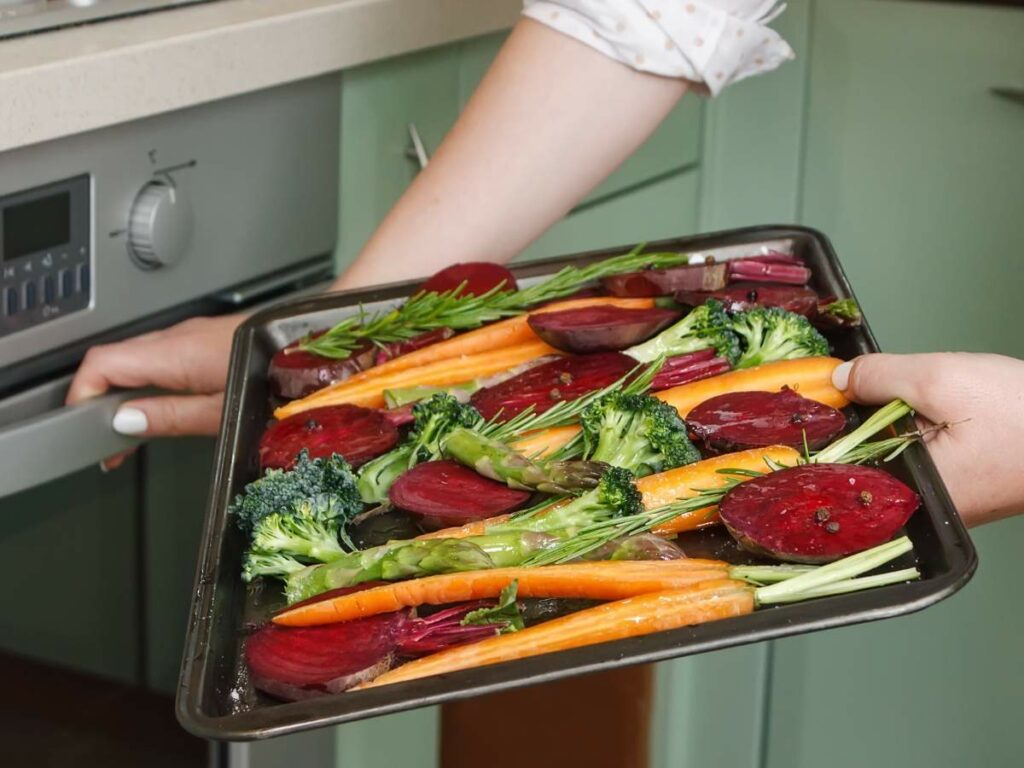
Perfecting The Roasting Process
There are a few essential guidelines to follow to get perfect roasting results. Attention to their importance can help you get the best results on your first attempt.
Oven-roasting vegetables is all about balancing a tender inside and a crispy outside. Cooking too hot will cause the outside to burn before the inside cooks, while cooking too low will prevent the outside from caramelizing. Generally, a temperature of 425 F is suitable for most vegetables. All ovens are different, so monitor your vegetables and adjust the temperature for the best results.
Roasting times vary depending on the vegetable density and size. Root vegetables like potatoes and carrots cut into one-inch or thicker pieces might take 45 to 60 minutes, while quicker-cooking options like bell peppers and zucchini may be ready in 15 to 30 minutes.
Distribute your vegetables evenly on the baking sheet to promote even browning. Overcrowding can lead to steaming instead of roasting. If roasting a large quantity of vegetables, consider cooking in batches or using multiple baking sheets. When using multiple sheets, set the oven racks above and below the center point and rotate them top to bottom halfway through the cooking process.
Roasting is not a set-it-and-forget-it cooking method. Checking and flipping your vegetables is essential to avoid burning and ensure even cooking. Check the vegetables halfway through the recommended cooking time, turning them over and rearranging them on the baking sheet as needed. If you notice the vegetables on the outer edge of the pan are cooking faster, rotate them into the center of the pan.
Check again halfway through the remaining cooking time, flipping the vegetables as necessary. The vegetables are ready when they are easily pierced with a fork and have a golden-brown exterior.
Storing and Reheating Oven-Roasted Vegetables
Proper storage and reheating are important to keep your oven-roasted vegetables at their best. This way, they can remain fresh and flavorful, so you can use them creatively in various dishes throughout the week.
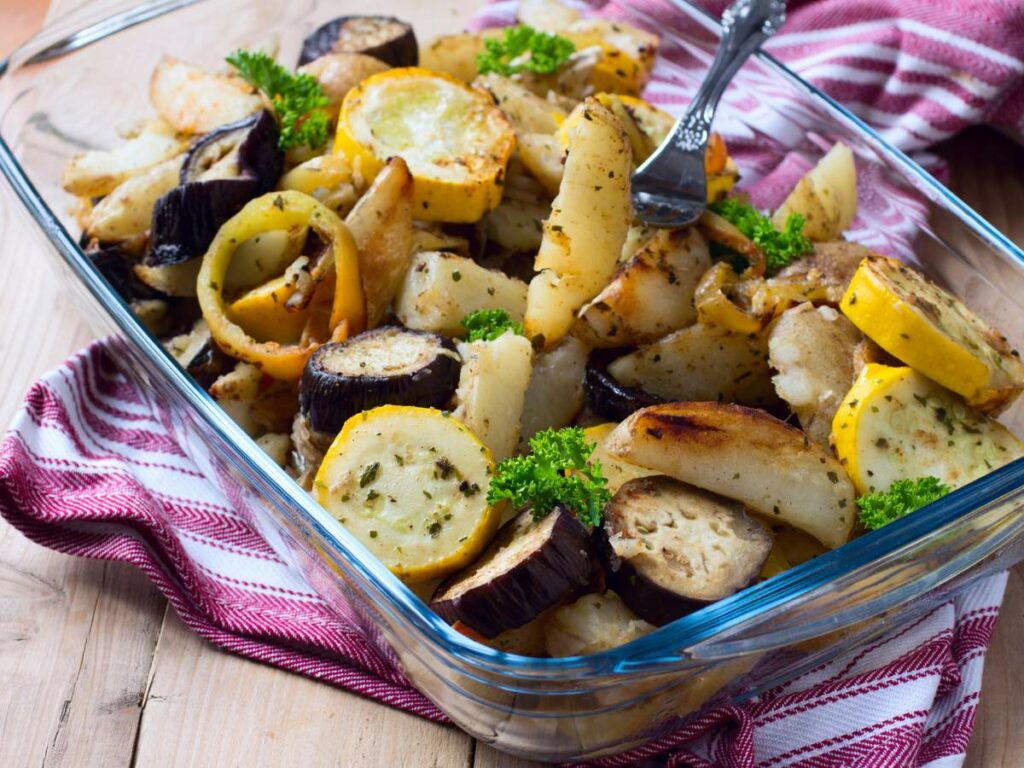
How to Store Leftover Roasted Vegetables
Make sure to cool vegetables completely before storing to prevent them from being soggy. Place leftovers in an airtight container and store in the refrigerator for up to 5 days. You can also store them in the freezer for up to 3 months.
How to Reheat Leftover Roasted Vegetables
When ready to eat, rewarm the vegetables on a baking sheet in the oven at 350 degrees F. Thaw frozen vegetables overnight in the fridge before reheating in the oven.
How to Use Leftover Roasted Vegetables
Roasted vegetables are versatile! They pair great with savory breakfast staples like scrambled eggs and toast, omelets, frittatas, and quiche. I love them with a serving of cheese and onion quiche for brunch.
I also love pairing roasted vegetables with honey mustard chicken, stuffed meatloaf, or slow cooker baby back ribs for a hearty dinner. They make a great side for roasted turkey or holiday ham for special occasions.
I usually use leftovers in my slow cooker soups or add them to pasta. They’re also a great addition to fried rice and stir fries!
Oven-Roasting Vegetables Made Easy
Oven-roasting vegetables is a straightforward yet rewarding cooking technique. It enhances the natural flavors of vegetables and provides a crispy, caramelized exterior that’s hard to resist. Whether you’re a beginner or intermediate home cook, mastering the art of roasting is a valuable skill that will elevate your culinary prowess.
Remember to choose suitable vegetables, prep them thoughtfully and roast them at a high temperature for optimal results. Be vigilant in checking and flipping your vegetables, and you’ll soon have a repertoire of delicious, roasted vegetable dishes to enjoy. So, roll up your sleeves, gather your favorite produce and start roasting your way to culinary excellence.
Portions of this article originally appeared on Food Drink Life.


